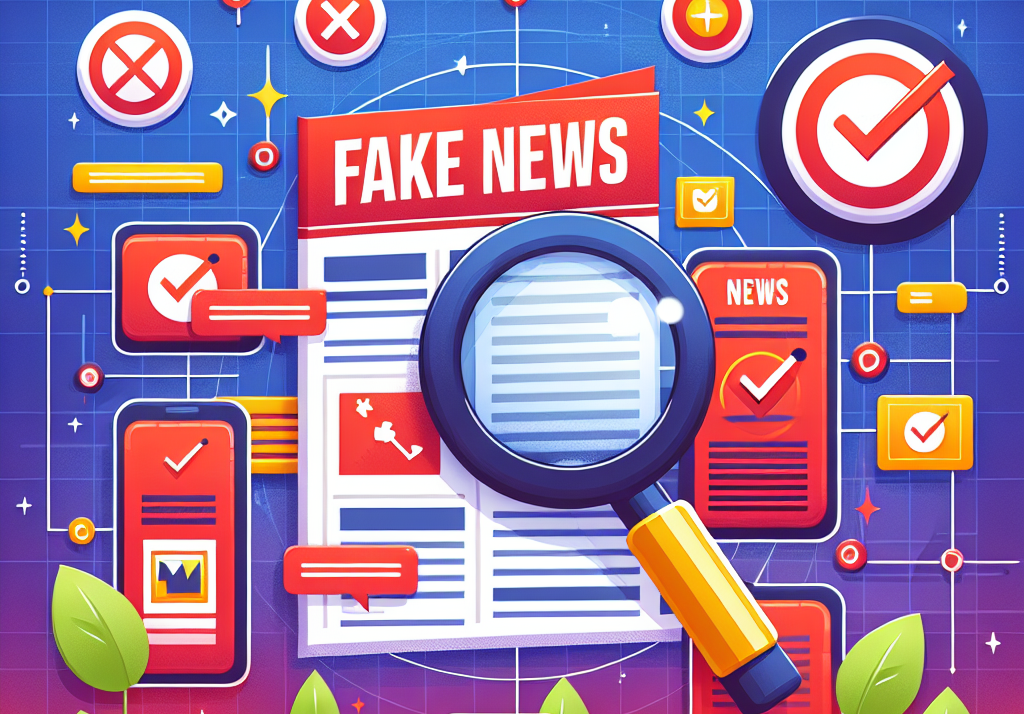How to Spot Fake News Online: A Practical Guide

Navigating today’s information landscape requires more than just a quick scroll. Every day, millions of articles, images, and social posts flood our feeds—some accurate, others misleading or outright false. Learning practical strategies to sift truth from fiction not only guards your own understanding but also curbs the viral spread of harmful misinformation. This guide breaks down the essential steps to spot fake news so you can become a more discerning reader and responsible sharer.
1. Pause Before You Share
Jumping straight from headline to share button is one of the easiest ways to amplify false stories. Sensational headlines are designed to trigger emotion—outrage, fear, excitement—and that emotional rush pushes us to act without thinking.
- Take a breath and ask yourself: “Do I know this source? Have I read beyond the headline?”
- Notice your instinctive reaction. If an article triggers strong emotion, that’s often how fake-news purveyors hook you.
- Commit to reading at least the first few paragraphs before deciding whether to believe or share.
2. Check the Source and Domain
A trustworthy outlet usually has a clear mission, editorial standards, and an About Us page. Fake-news sites often mimic renowned publications by using deceptive URLs or stealing logos.
- Inspect the domain:
- Subdomains or extra words (e.g., “updates.foxnews.com.co”) can signal a parody or hoax.
- Look for “.com.co,” “.lo,” or other odd endings.
- Click the About Us link:
- A vague or nonexistent description of the organization is a major red flag.
- Search online for other coverage of the same topic by reputable outlets.
3. Verify the Author and Publication Date
Knowing who wrote the story and when it went live helps you evaluate its legitimacy and relevance.
- Find the author’s name and click through to their bio or professional profile.
- Google their past work—do they typically cover the topic?
- Check the date:
- Fake-news pages sometimes recycle old articles to make them seem relevant.
- Timeliness can drastically affect the context and accuracy of a report.
4. Read Beyond the Headline
Headlines are optimized to grab attention—often at the expense of nuance or truth. Clickbait relies on ambiguity or dramatic claims that evaporate within the text.
- Compare the headline’s promise to the article’s content.
- Watch for qualifiers like “may,” “could,” or “reportedly.” If the text retracts bold assertions, the headline likely misled you.
- Avoid sites where the headline says one thing and the text contradicts it.
5. Scrutinize Evidence and Sourcing
Reliable journalism cites verifiable data, expert opinions, and firsthand accounts. Fake news usually lacks transparent sourcing.
- Look for links to original documents, studies, or speeches.
- Watch out for anonymous “insiders” or “sources close to the matter”—these often hide invention.
- Check if quoted statistics and numbers appear in peer-reviewed publications or reputable research organizations.
6. Cross-Check with Fact-Checking Sites
Leverage dedicated fact-checking organizations to see if the claim has been vetted already.
- Snopes, FactCheck.org, PolitiFact, and the Associated Press Fact Check maintain searchable databases.
- Browser extensions like “NewsGuard” or “Fake News Detector” can flag dubious sites automatically.
- Remember: absence from fact-checkers doesn’t prove veracity—it just means no one has evaluated it yet.
7. Analyze Writing Style and Tone
Even without advanced tools, your own judgment can spot telltale signs of low-quality or malicious reporting.
- Sensational language filled with exclamation marks, all-caps, or loaded adjectives (e.g., “shocking,” “evil”).
- Poor grammar, spelling mistakes, and awkward phrasing suggest a lack of editorial oversight.
- Overuse of bold claims with no nuance—reliable outlets usually present multiple viewpoints.
8. Reverse-Image Search Visuals
Images lend credibility to stories but can be repurposed or doctored to mislead.
- Right-click on pictures (or use Google’s reverse-image search) to see where they first appeared.
- TinEye and Yandex Images are other useful tools.
- If an image is from an unrelated event or location, the article is almost certainly fake or misrepresented.
9. Evaluate Social Media Signals
Virality does not equate to truth. Popular posts can still propagate deception.
- Check comments—users often call out mistakes or share additional context.
- See who shared the story. If it’s mostly from unknown accounts or “bots,” treat it skeptically.
- Beware of echo chambers: algorithms tend to show you content that aligns with your beliefs, making misinformation feel more “real.”
10. Quick Checklist to Spot Fake News
| Checkpoint | What to Look For |
|---|---|
| Domain & URL | Odd extensions, extra words, spoofed domains |
| About Us | Vague mission, no contact info |
| Author | No bio, lack of expertise |
| Headline vs. Content | Discrepancy between dramatic headline and muted article |
| Sources & Links | Absence of verifiable citations |
| Writing Style | Overly emotional, poor grammar, sensational tone |
| Visuals | Misattributed or doctored images |
| Social Signals | Bot-like sharing patterns, echo chamber dynamics |
Conclusion: Cultivating a Skeptical Mindset
Spotting fake news isn’t about mistrusting everything—it’s about adopting habits that favor critical thinking and verification. By pausing before sharing, checking sources, and verifying evidence, you build resilience against the flood of misinformation. Over time, these steps become second nature, empowering you and your network to demand higher-quality information. In an age where truth battles fabrication every day, your vigilance can make a real difference.





